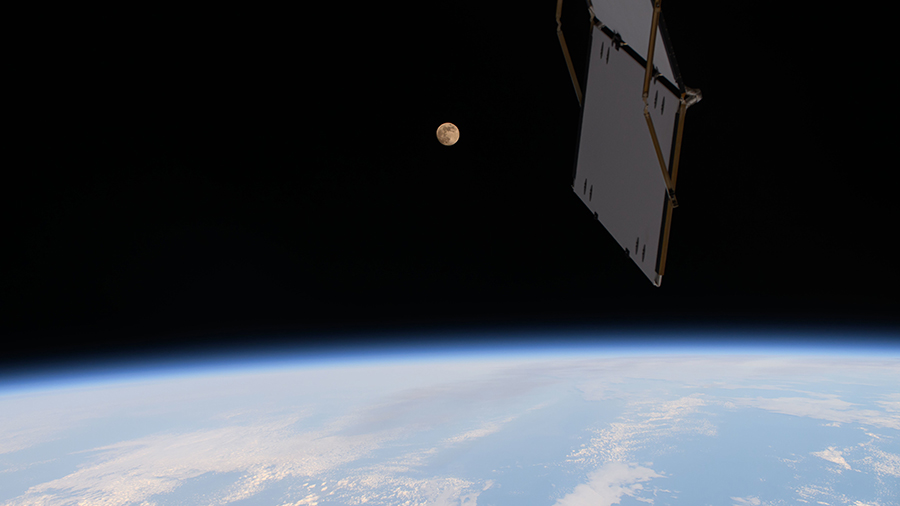
Wednesday was packed with an array of advanced microgravity research promoting fire safety in space, exploring the effects of exercising in weightlessness, and testing futuristic piloting techniques. The Expedition 72 crew is also gearing up for a spacewalk to repair and upgrade science hardware on the International Space Station.
NASA Flight Engineers Don Pettit and Nick Hague had their hands full with a variety of space science and spacesuit activities. Pettit began his shift collecting his urine samples and stowing them in a science freezer for later analysis. Later he replaced experiment samples inside the Combustion Integrated Rack to safely observe how flames spread on a variety of materials in microgravity potentially improving fire safety on future space missions.
Hague spent the first half of his shift wearing the Bio-Monitor vest and headband that recorded his heart and breathing rate while he worked out on the advanced resistive exercise device and jogged on the COLBERT treadmill. Afterward, he joined NASA Commander Suni Williams organizing the Quest airlock and readying a pair of spacesuits for a Jan. 16 spacewalk.
NASA managers will talk about that spacewalk and a second one planned for Jan. 23 during a spacewalk preview briefing that will be broadcast on NASA+ beginning at 2 p.m. EST on Friday. During the first spacewalk, Hague and Williams will exit Quest to repair a “light leak” on the NICER X-ray telescope and prepare the Alpha Magnetic Spectrometer for future upgrades. The second spacewalk will see two yet-to-be announced astronauts remove radio communications gear and collect samples for analysis of potential microbes living outside the space station. Both spacewalks will begin around 7 a.m. with NASA+ coverage starting at 5:30 a.m.
NASA Flight Engineer Butch Wilmore started his shift inside the Kibo laboratory module stowing and photographing space biology gear. Afterward, he ended his day conducting cargo operations inside the Cygnus resupply ship and inventorying medical kits inside the orbital outpost’s two Human Research Facilities.
Roscosmos Flight Engineers Alexey Ovchinin and Aleksandr Gorbunov started their day taking turns wearing a sensor-packed cap that measured their reactions as they practiced on a computer futuristic planetary and robotic piloting techniques. Future crews may use the data gained from these tests to plan missions farther away from Earth. Ovchinin later joined Flight Engineer Ivan Vagner and checked out audio hardware in the Zvezda service module.
Learn more about station activities by following the space station blog, @space_station and @ISS_Research on X, as well as the ISS Facebook and ISS Instagram accounts.
Get the latest from NASA delivered every week. Subscribe here: www.nasa.gov/subscribe

